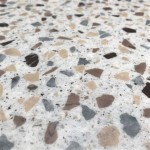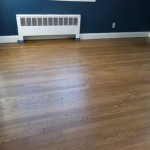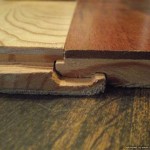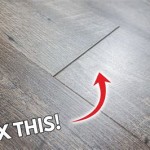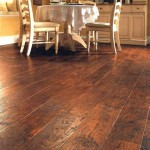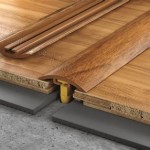Water underneath a hardwood floor can be caused by a variety of issues. From plumbing leaks to natural flooding, water can cause serious damage to the wood, making it necessary to repair or replace the flooring. In this article, we’ll discuss the causes of water under hardwood floor, as well as some solutions to help protect your flooring.
What Causes Water Under a Hardwood Floor?
The most common cause of water under a hardwood floor is a plumbing leak. Old, corroded pipes can cause water to seep through the floor and damage the wood. Other common causes include poorly sealed windows and doors, as well as natural flooding due to heavy rains or other weather events.
How to Detect Water Under a Hardwood Floor
It’s important to detect water under a hardwood floor as soon as possible, as it can cause significant damage to the wood. One of the most common signs of water under the floor is a musty smell. If you notice a damp or musty smell in your home, it may be a sign that there is water under the hardwood floor.
Other signs of water under the floor include a discoloration or warping of the hardwood. If the floor is buckling or warping, it is likely that there is water underneath. You may also notice water stains on the floor or walls.
How to Prevent Water Under a Hardwood Floor
The best way to prevent water from getting under a hardwood floor is to seal all windows and doors. This will help keep out moisture from outside sources. You should also inspect your plumbing regularly to make sure there are no leaks or other issues that could cause water to seep through the floor.
How to Remove Water Under a Hardwood Floor
If you have water under your hardwood floor, the first step is to turn off the water supply and call a plumber. Once the source of the water is identified and fixed, the next step is to remove the water from the floor. This can be done by using a wet/dry vacuum to suck up the excess water.
Once the water is removed, you should use a dehumidifier to help dry out the area. You may also need to replace some of the flooring, depending on the extent of the damage.
How to Protect Hardwood Floors From Future Water Damage
Once you’ve removed the water from your hardwood floor, it’s important to take steps to protect it from future water damage. Make sure to check your plumbing regularly for any signs of leaks or damage. You should also inspect your windows and doors to make sure they are properly sealed.
Finally, if you live in an area prone to flooding or heavy rain, it’s important to install a sump pump to help protect your home and your hardwood floors.
Conclusion
Water under a hardwood floor can cause serious damage to the wood, making it necessary to repair or replace the flooring. By understanding the causes of water under hardwood floor, as well as taking steps to prevent and remove it, you can help protect your flooring from future damage.





![Easy Tips Removing Water Damage from Wood [ It's Works! ] Cheap hardwood floors, House](https://i.pinimg.com/originals/bc/95/c4/bc95c44919c415b6ce79a1b12583b8fa.jpg)







Related Posts

